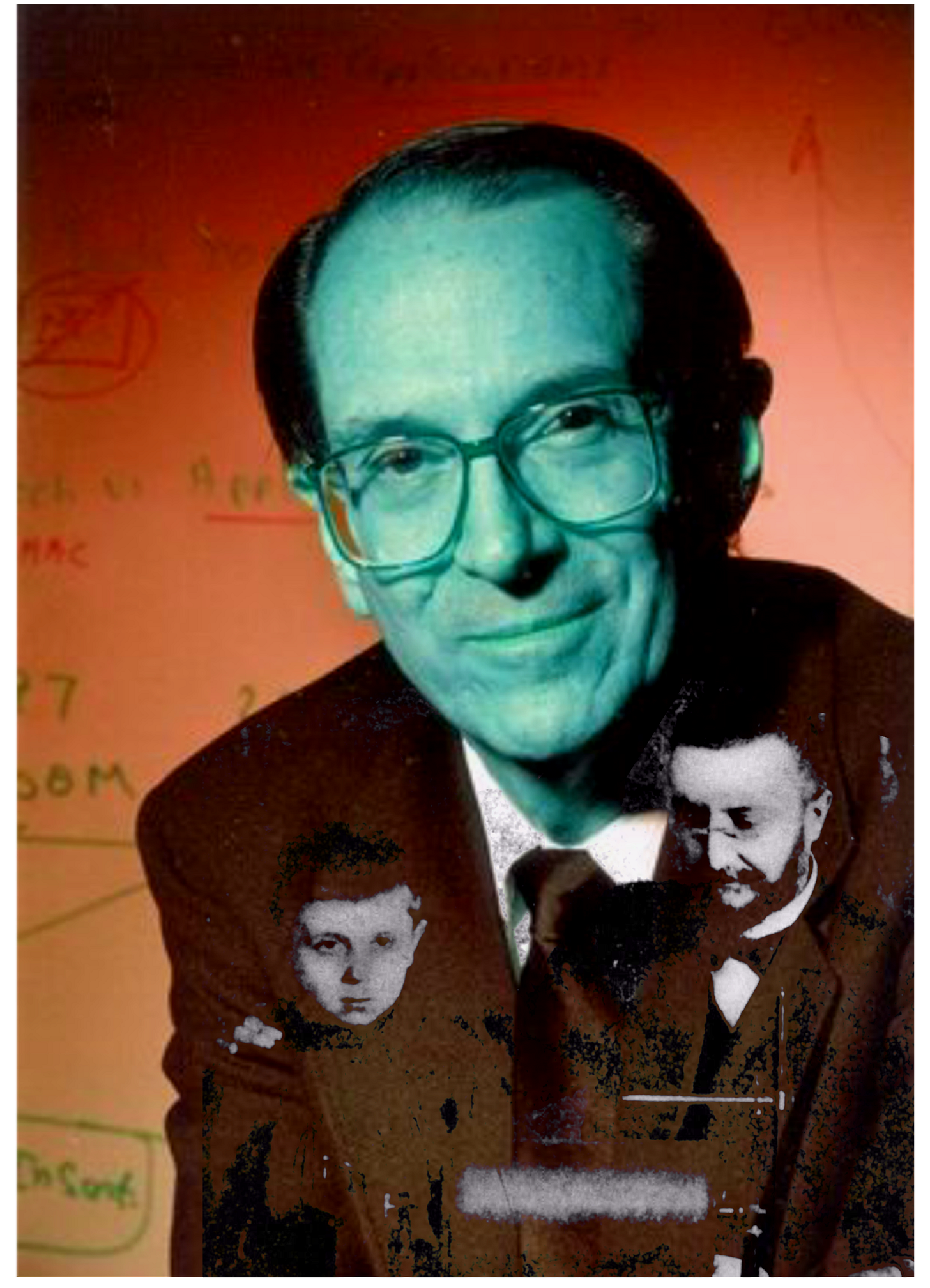Click play if you want the essay to do the dang reading for you!
In the last week of Kindergarten, I was removed from end-of-the-year activities to take an IQ test. It didn’t matter what my score was, my behaviors spoke for me. I had to be held back a year. If I scored low, I’d retake Kindergarten, if I scored high, I’d go elsewhere.
I was sent to Transition-1 (or T-1), for students who have a hard time grasping The Classroom Material™. Mostly boys on the spectrum were sent to this program. They ritualistically retaught us how to properly write out eights. A handful of us were resentful over already knowing how to make our eights, so we started making them the wrong way. We played bingo almost every day, which was both fun and belittling.
“Placed between two traditional grades, a transitional class is an alternative pathway for retention. These classes are most often found in the early grade levels, and typically have a lower student to teacher ratio than a traditional grade. If the transitional grade were between kindergarten and first grade, it is usually called T-1 (between first and second would be T-2, etc.)” (Oklahoma State Department of Education, April 2021)
When I completed T-1, I began having 1:1 sessions with the gifted/special education teacher in a tiny room with one computer. The only tasks were to have discussions after playing an educational computer game. It was sort of like counseling, but we exclusively talked about feelings in relation to reading comprehension. I recall asking her if this were gifted or special needs education. She did not answer that directly. She knew a lot about how gifted education functioned, and willingly deviated from dissecting my aptitudes to explain it. I still had many unanswered questions.
A few weeks ago, some of these questions resurfaced as I was listening to the Bowl After Bowl podcast. They briefly touched on their respective experience in the gifted program or 1:1 learning/testing sessions. So I looked into T-1 and realized that my own memory (and potentially others) would be my main source of information. However, there is information out there which helps one understand how the gifted program began in the United States.
This categorizing of school children by intelligence was normalized in France through Alfred Binet and Theodore Simon’s work in developing the Simon-Binet scale in the early 1900s. Its purpose was to identify and segregate children with lower IQ’s.
World War I army recruits were the first round of Americans picked for mass administering of IQ tests.
Army Alpha had to pass text-based tests, while Army Beta took picture-based tests. Lewis Terman revised the tests for the armies, and then conducted the largest and longest study of all time on children with IQ’s above 135. Participants in this study were lovingly referred to as “Termites,” and they were monitored until death.
Terman took Binet’s work, and altered it slightly. Rather than segregating those who scored low from the rest, he envisioned a full blown hierarchy based on intelligence. At the top of that pyramid were the Termites.
Thus, the Stanford-Binet intelligence scale was born. Terman used this scale in his longitudinal study “Genetic Study of Genius” which has since been rebranded as “Terman Study of the Gifted.” Terman, like mosts eugenicists, has a conflicting legacy, but it is ultimately protected by Stanford University. You know, the folks who conducted the highly principled Stanford Prison Experiment.
His work is the root of most public educational programs, but his beliefs are censored. Perhaps this is reverse psychology from the state. I don’t know for sure, all I know is that I’d like to know more about people’s personal accounts on their education, and their perspective on their own intelligence. As luck would have it, I found someone willing to share their thoughts on their mental capabilities:
“I’m not at all intelligent. I have a tremendously hard time with logic, math, puzzles, and other things. Even simple algebra is beyond my mental capabilities; I must write it down. I work hard despite it even if it is embarrassing, and just concentrate on my other strengths. Even though I have trouble with math and logic puzzles, I have good skills for solving real-world problems. I have no trouble with notions, ideas, or creative work. I’m a dunce, but not in every way, to put it briefly.” -Anonymous
Lyndon B. Johnson’s great heel faction won by a landslide in the 1964 U.S. Presidential election. Needless to say, LBJ came in swinging with brutal social policy. Spending billions on educational programs in an attempt to “end poverty” through his war on poverty. LBJ, the eldest son of a local political family, claimed it was his own public education which kept him from poverty, so he understood what the impoverished needed.
The Elementary and Secondary Education Act passed in 1965, which was revamped by Ronald Reagan in 1988 with the Jacob Javits Gifted and Talented Students Education Act. Grants were given so that research could efficiently measure children’s IQ and foster them accordingly.
Typically, an IQ of 130 lands a child into the gifted program. Children of lower economic status could qualify with 15 points lower. The more you look into it, the more subjective the rating scale appears to be.
I believe there are so many bright people out there who experienced some sort of intimate 1:1 data collection based on their IQ. It would be nice if we were taught the reasons for why we were (and are) constantly tested and measured. I will settle for accepting that I would not be who I am without the educational experimentation, though I am only beginning to piece together the results.
***P.S. all my opinions are my own. I think?











